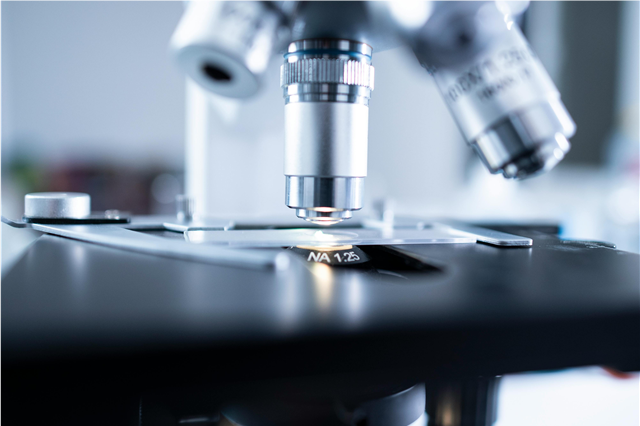
How does laboratory equipment aid in precision measurement and data collection?
In the world of scientific discovery, precision isn't just important—it's everything. From detecting a single molecule in a blood sample to measuring the mass of an electron, laboratory equipment serves as the bridge between curiosity and groundbreaking discoveries. But what makes these sophisticated tools so crucial for modern science?
The Microscopic Marvel: Atomic Force Microscopes
Did you know that some laboratory equipment can measure distances smaller than the width of a human hair—divided by 100,000? Atomic force microscopes (AFMs) can achieve this incredible feat, allowing scientists to map individual atoms on surfaces. This precision has revolutionized nanotechnology research, enabling the development of everything from scratch-resistant eyeglasses to advanced computer chips.
Digital Revolution in Data Collection
Modern laboratory equipment can collect and process data at mind-boggling speeds. High-performance liquid chromatography (HPLC) systems can analyze hundreds of samples per day, generating thousands of data points with accuracy rates exceeding 99.9%. This automation has reduced human error and accelerated research timelines from months to days.
Temperature Control: The Silent Hero
Laboratory incubators maintain temperatures within 0.1°C accuracy—crucial for cell culture research. This precision ensures that biological experiments produce consistent, reproducible results. Without such exact temperature control, breakthrough medical treatments and vaccines would be nearly impossible to develop reliably.
Spectrophotometry: Seeing the Invisible
Spectrophotometers can detect light intensity changes as small as one part in a million, enabling scientists to measure concentrations of substances at incredibly low levels. This technology is vital for environmental monitoring, helping researchers detect pollutants at concentrations equivalent to one drop in an Olympic-sized swimming pool.
The Digital Data Revolution
Today's laboratory equipment seamlessly integrates with computer systems, automatically logging timestamps, calibrations, and environmental conditions. This digital approach eliminates transcription errors and creates comprehensive audit trails essential for regulatory compliance in pharmaceutical and medical device industries.
Mass Spectrometry: Molecular Fingerprinting
Modern mass spectrometers can identify and quantify thousands of different molecules in a single sample, measuring their masses with accuracy within 5 parts per million. This technology has become indispensable in proteomics research, drug discovery, and forensic analysis.
Automation: The Future is Now
Robotic liquid handling systems can pipette volumes as small as 0.1 microliters—about one-fiftieth of a single drop—with 99% accuracy. These systems work around the clock, processing thousands of samples while maintaining the same precision that would take human technicians weeks to achieve manually.
Environmental Monitoring Integration
Advanced laboratory equipment now includes built-in environmental sensors that monitor temperature, humidity, and even electromagnetic interference. This ensures that external factors don't compromise measurement accuracy, particularly important in sensitive applications like semiconductor manufacturing or pharmaceutical quality control.
Real-Time Analysis Capability
Many modern instruments provide real-time data analysis through cloud connectivity. Scientists can monitor experiments remotely, receive instant alerts for out-of-specification results, and collaborate with colleagues worldwide in real-time—transforming how research is conducted globally.
The Calibration Cornerstone
Precision laboratory equipment requires regular calibration against international standards. Some instruments are accurate to within 0.001%, meaning they would only be off by one second in over 11 days of continuous operation. This reliability forms the foundation of scientific reproducibility and trust in research findings.
Conclusion: Precision as Progress
Laboratory equipment continues to push the boundaries of what's measurable and analyzable. As technology advances, these tools become increasingly sophisticated, enabling discoveries that were previously impossible. From detecting gravitational waves to sequencing entire genomes in hours, precision measurement equipment remains at the forefront of human scientific achievement.
The marriage of advanced instrumentation with digital data collection has transformed laboratories from simple testing facilities into sophisticated research environments where accuracy, reproducibility, and efficiency drive innovation forward at unprecedented rates.
Ready to upgrade your laboratory's precision capabilities? Modern equipment manufacturers continue developing instruments that are faster, more accurate, and increasingly automated. Stay connected with scientific equipment trends to ensure your research remains at the cutting edge of precision measurement and data collection.
Keywords: laboratory equipment, precision measurement, data collection, scientific instruments, analytical equipment, measurement accuracy, laboratory automation, spectrophotometry, mass spectrometry, atomic force microscopy, HPLC systems, laboratory incubators
Meta Description: Discover how modern laboratory equipment revolutionizes precision measurement and data collection. Learn about cutting-edge instruments that enable scientific breakthroughs through accurate analysis and automated data processing.


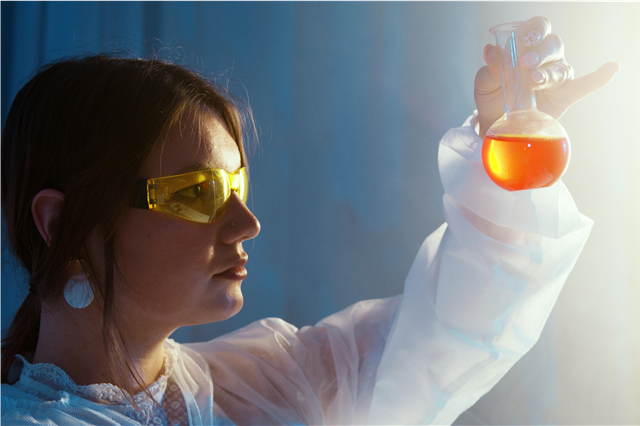
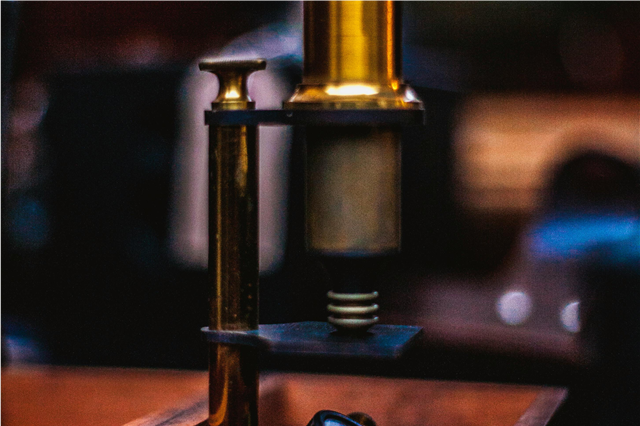
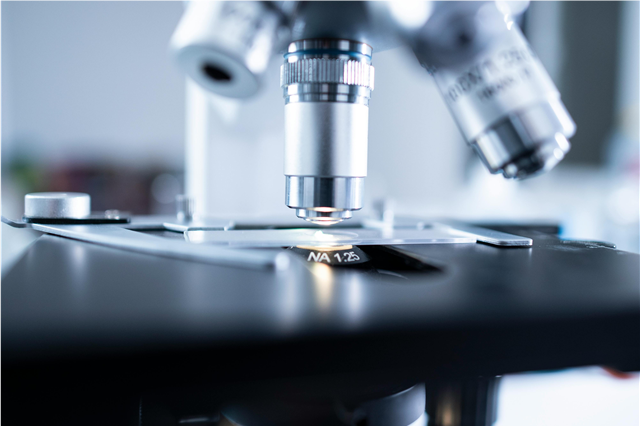
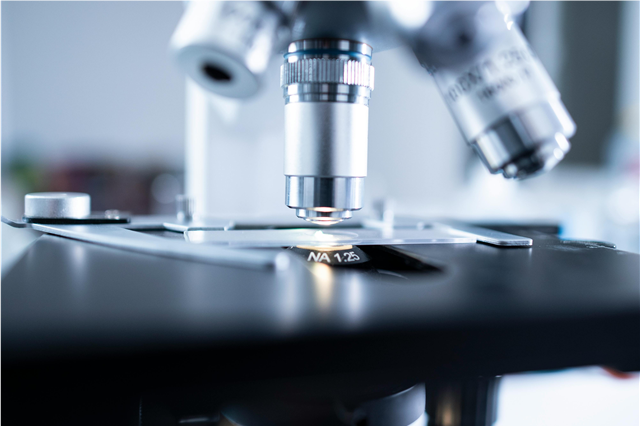









Post Comment